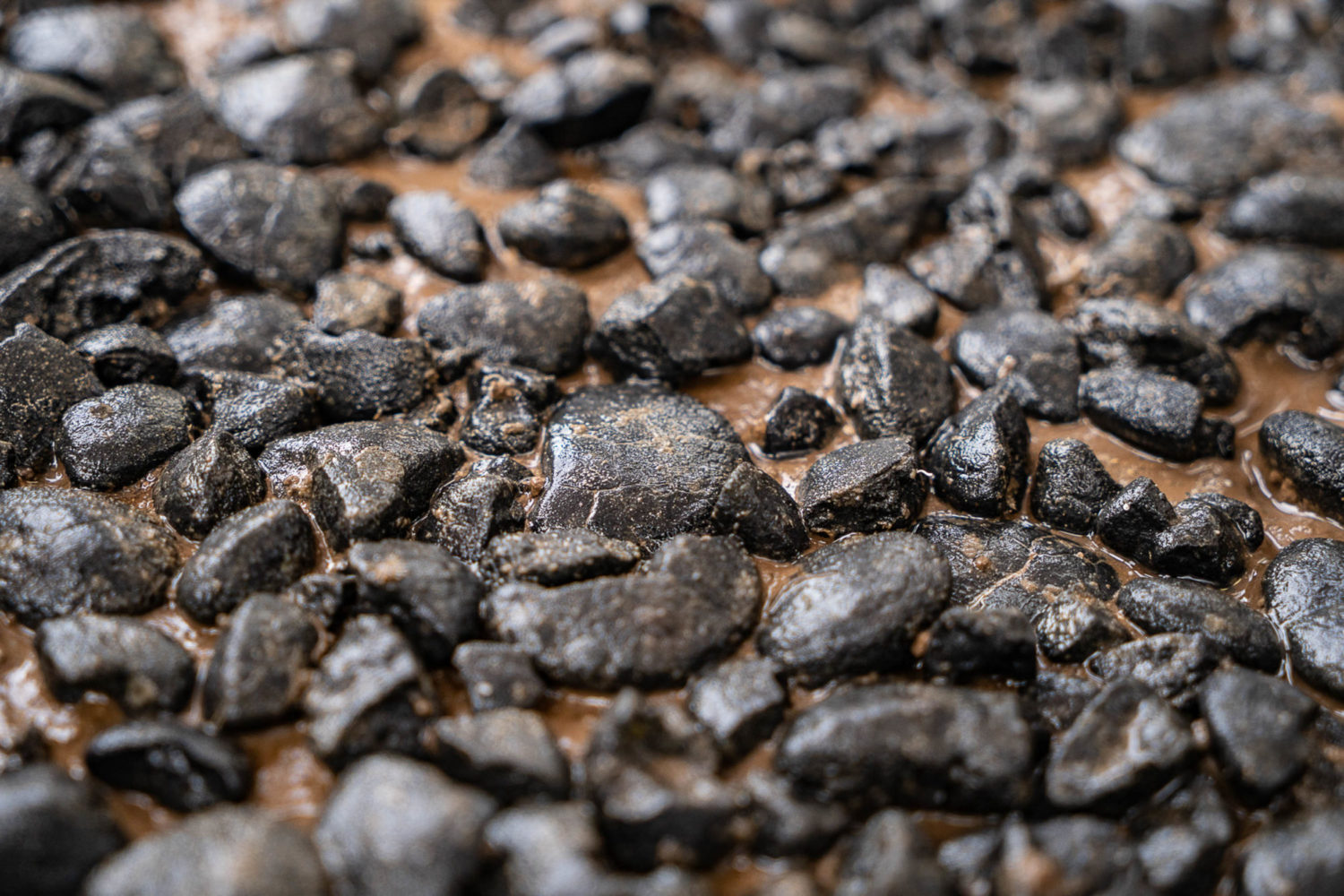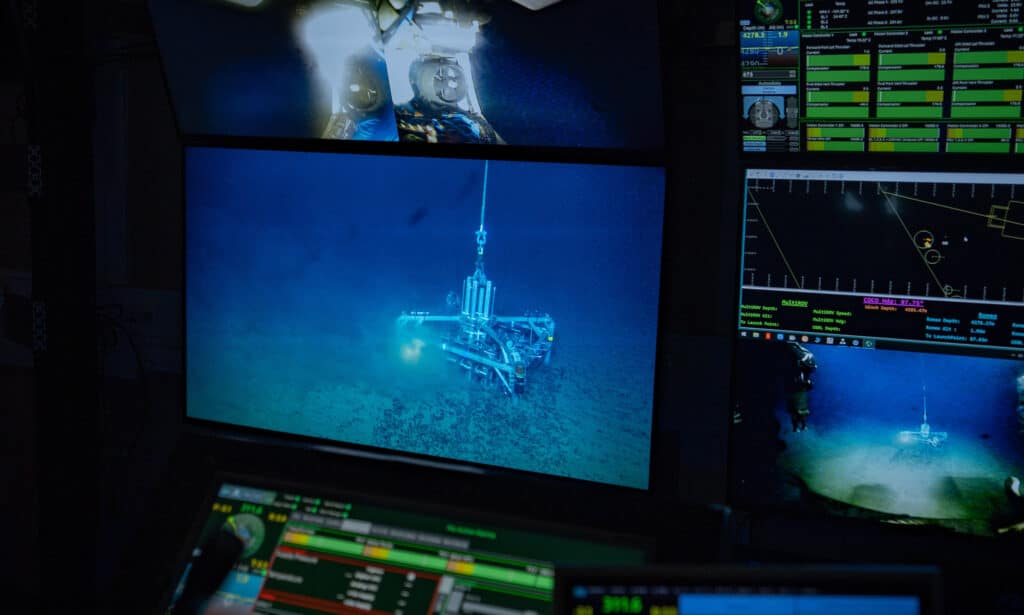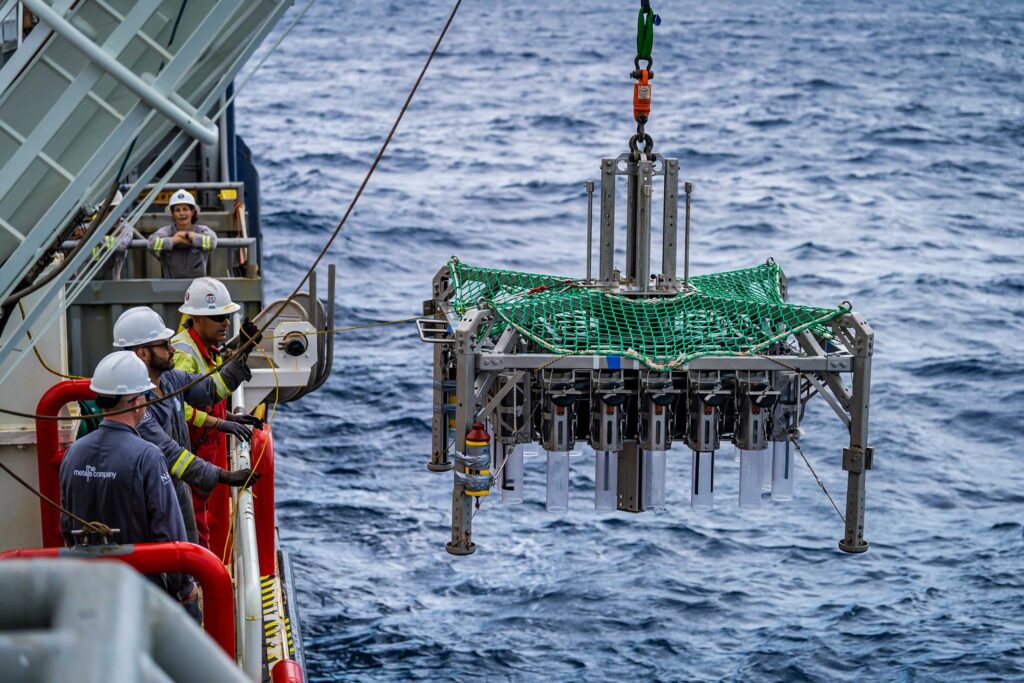Via nature.com
Nature Reviews Earth and Environment — Feb. 2020
Abstract
Deep-ocean polymetallic nodules form on or just below the vast, sediment-covered, abyssal plains of the global ocean. Polymetallic nodules primarily consist of precipitated iron oxyhydroxides and manganese oxides, onto which metals such as nickel, cobalt, copper, titanium and rare earth elements sorb. The enormous tonnage of nodules on the seabed, and the immense quantities of critical metals that they contain, have made them a target for future mining operations. Mining of polymetallic nodules has been spurred by the need for critical metals to support growing populations, urbanization, high-technology applications and the development of a green-energy economy. Nevertheless, an improved understanding of the affected ecosystems and their connectivity, as well as the environmental impacts of deep-ocean mining, is required before operations begin. Opportunities exist, however, to ensure that this new industry applies adaptive management to continually refine operations with the goal of environmental protection and invests in the development of green technologies for extractive metallurgy and mining. In this Review, we explore the chemical processes that control the concentration of critical metals in deep-ocean polymetallic nodules, discuss the mining and metallurgical techniques required, and highlight the opportunities and potential risks that are presented by this new industry.
Key points
- Polymetallic nodules cover vast areas of the abyssal ocean floor and contain significant amounts of critical metals.
- The chemical and mineralogical compositions of polymetallic nodules are primarily controlled by their formation process.
- A unique characteristic of deep-ocean nodules compared to terrestrial deposits is the presence of multiple commodities in one deposit; for example, nodules from the Clarion–Clipperton Zone contain Mn, Ni, Cu and Co.
- Deep-ocean mining might avoid some of the environmental issues associated with terrestrial mining.
- The development of societies towards a more sustainable future cannot proceed without critical metals. Deep-ocean mining can not only deliver the metals necessary for this transition but can do so with a low carbon footprint.
- The precautionary approach, adaptive management and best environmental practices are essential to the development of a polymetallic nodule resource.





